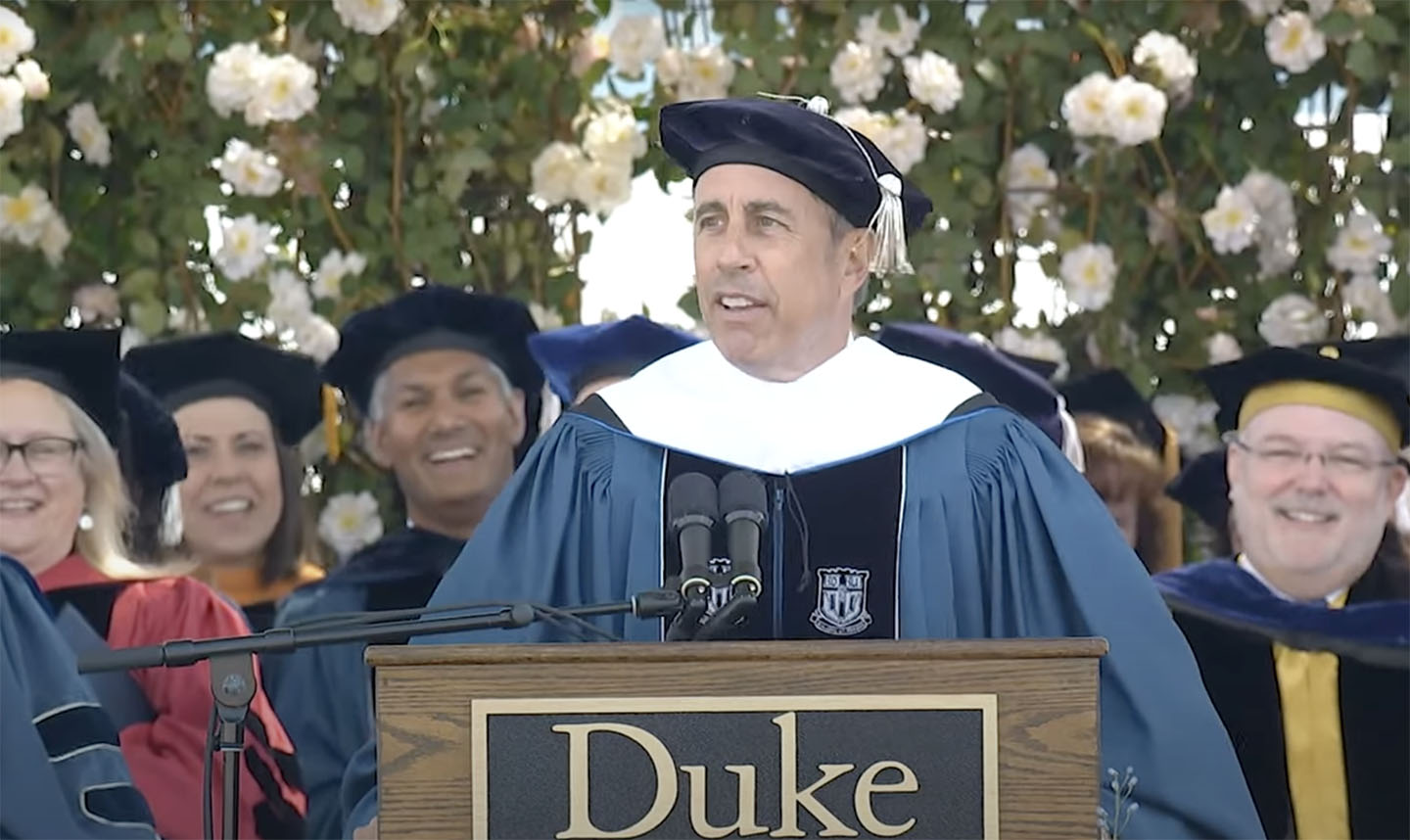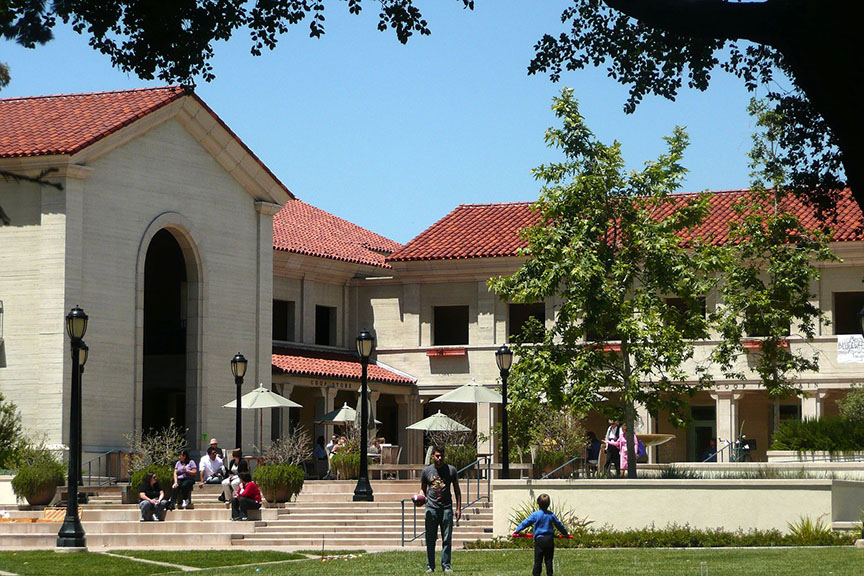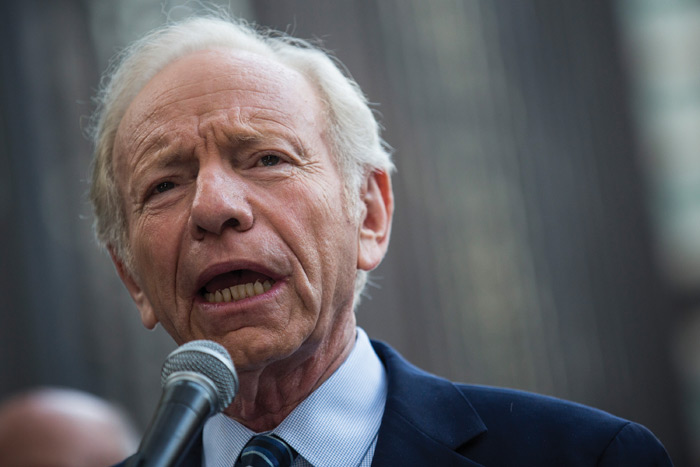When they first started dancing together, Noam Gagnon and Dana Gingras used to lock themselves in a studio for somewhere between five and seven hours a day. Together, they tried to make their bodies react in “authentic ways,” irrespective of how high they could jump, how fast they could turn or any other techniques their dance training had already taught them.
“Right from the start, there was a lot of play, a large element of risk and pushing of boundaries,” Gagnon recalls. “We’ve always supported that in each other.”
Thirteen years after founding their Vancouver-based company, The Holy Body Tattoo, Gagnon, now 42, and Gingras, 39, have developed what they call their most ambitious work to date. An ode to urban angst and survival, “Monumental” will receive its American premiere at Royce Hall in April and has a good chance of resonating with big-city dwellers, be they from Los Angeles, New York or Tel Aviv.
Hailed as a vibrant force in the Canadian contemporary dance scene, The Holy Body Tattoo has been internationally acclaimed for multimedia performances that draw upon intense physicality. Reviews of the company’s works invariably use words like “explosive,” “relentless” and “raw” and the choreographers agree they tend to create dances “where you’ll be provoked, you’ll either be in or out,” Gagnon says. “You’re not just going to sit there and be entertained.”
Some interesting similarities exist between The Holy Body Tattoo and the Israeli dance company Vertigo. Both companies have been lauded for their use of visual props and other multimedia devices, in addition to physically demanding movement, as a means of excavating the depths of human relationships. Both have been com-
pared to the renowned German boundary-stretching
choreographer Pina Bausch, and both were founded by male-female duos intent on developing their own personal kinetic language.
Gagnon, in fact, has been mistaken for an Israeli on numerous occasions, largely because he chooses to use only the last part of his full name: Joseph Daniel Marcel Noam.
“I also have a lot of friends who are Israeli,” he says. “Maybe there’s some sort of affinity. But I’m definitely French Canadian.”
Created for nine dancers, “Monumental” mines the physical and emotional anxieties inherent in urban culture. Inspired by the 1980 “Men in the Cities” series of lithographs by artist Robert Longo, in which young people in cocktail dress are shown flinging their bodies, as if caught in the midst of writhing motion, Gagnon and Gingras’ dance ultimately reflects the pair’s signature style of extreme, arduous movement.
“There’s a great level of noise and stimulation in our urban environment, which places a great stress on our nervous system,” Gingras says. “We were also interested in the pressure to conform and how certain individuals fall through the cracks.”
Featuring text by artist Jenny Holzer, video montages by L.A.-based cinematographer William Morrison and electronic music by Roger Tellier-Craig, the dance begins as a series of tableaus, where the nine performers stand on individual blocks, each one isolated. Gradually, the dancers start mingling and a variety of interactions ensue, ranging from protective to overtly hostile.
“We have ideas about society that we put on pedestals and we make monuments about these ideals,” Gingras observes. “But to be human is to be flawed, and down we come, our arrogance and our hubris being our doom.”
Gagnon and Gingras involved the dancers in the choreographic process by assigning them “tasks,” Gingras explains. “We sent them out into the city where they had to observe people’s tics and obsessive gestures in addition to just watching people do basic, larger actions like walking down the street. We want to show that moving through a city is monumental, but so is the accumulation of the minutest of gestures.”
In addition to her role as co-choreographer, Gingras also collaborated with Morrison on the visual backdrops, which include scenes from the L.A. freeways.
“When I’m on the 110 freeway, and I pass that maze of interchanges, I always find it beautiful and horrifying,” she says. “All these bodies disconnected from each other, commuting back and forth.
“I’m excited about ‘Monumental’ being performed in L.A.,” she adds, “because to me, the isolation you feel in L.A. is special … the city is so vast and can make you feel like an ant.”
Raised in Argentina and Scotland, Gingras received a scholarship in 1987 to study with a Vancouver-based dance company called Edam. There, she met Gagnon, who grew up in Montreal and received a visual arts degree before pursuing his dance studies.
“Where I grew up, you didn’t dance if you were a guy,” he says. “But I always loved to dance.”
At Edam, Gingras and Gagnon formed “an instant clique. We were known as the terrible twins,” Gingras recalls. “We shared the same sense of humor and mischief. We also share a certain manic drive, which of course is reflected in our work.”
When asked about his attraction to extreme, “hyper-speedy” movement, Gagnon likens himself to a boxer.
“Why does a boxer box? Because he has a desire,” he says. “I don’t want to look at what drives me too closely. That would be a waste of time. All I know is that I wanted to create a physical language for how I felt, and that as hard as it’s been sometimes physically and mentally, the rewards for this work are incredible … it’s like you survived a crash.”
“Monumental” will be performed April 21-22, 8 p.m. at Royce Hall, UCLA. Tickets range from $15 to $42. For Information, call (310) 825-2101 or visit www.uclalive.org.






















 More news and opinions than at a Shabbat dinner, right in your inbox.
More news and opinions than at a Shabbat dinner, right in your inbox.